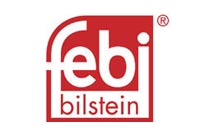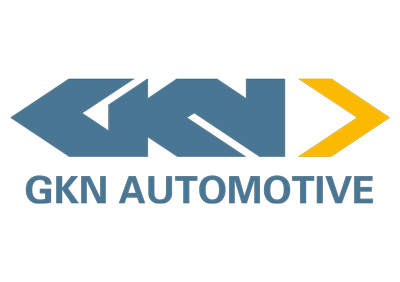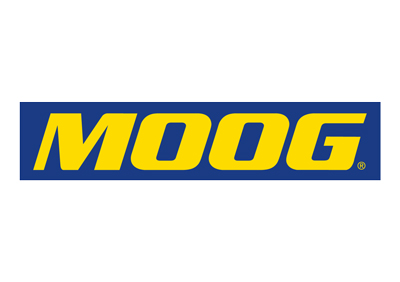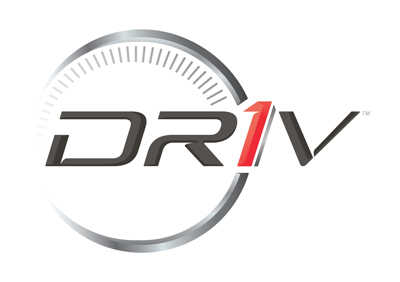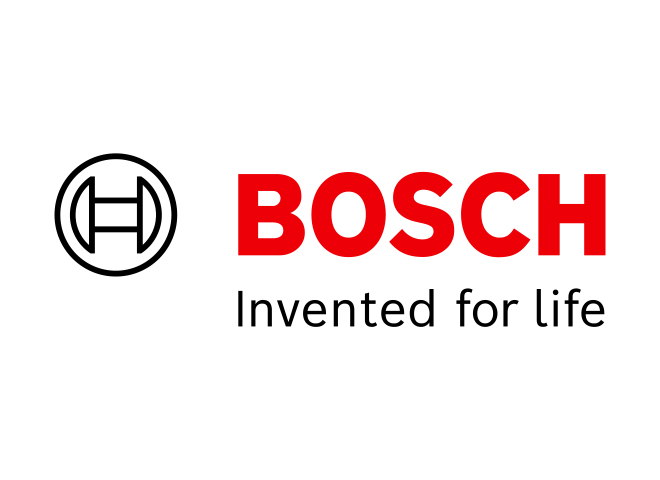Steering
The steering system must steer the vehicle in the direction the driver wants it to go. It must be responsive and support precision driving. The steering is part of the frame of vehicle, or the chassis, to be more precise...
Environmental protection
The chassis itself is virtually maintenance-free. It is simply checked when the vehicle is in the garage for regular service and maintenance. However, a trend is developing that is seeing modern vehicles becoming heavier and often having large wheels due to more extensive equipment features. Vehicle axles, on the other hand, are getting lighter and more compact all the time. This increases the stress and strain to which steering components are exposed, all in all making chassis repairs more likely. Steering components are often made from a combination of rubber and metal. Wear occurs where these materials are susceptible: rubber ages, it becomes porous and can tear. Metal is susceptible to corrosion and can bend out of shape. During regular service and maintenance, bearing bushings and ball heads undergo visual inspection. Torn sleeves, knocked-out ball heads and ball joints must be replaced immediately. Damaged or misshapen wishbones, track rods and stabilising connecting rods must also be replaced. During the inspection, the garage also checks shock absorbers for tightness and function. The tread wear pattern of the tyres and the directional stability of the vehicle indicate whether the axle geometry has been set correctly.
Function
 The steering system must steer the vehicle in the direction the driver wants it to go. It must be responsive and support precision driving. The steering is part of the frame of vehicle, or the chassis, to be more precise. Apart from the steering, the chassis comprises wheel suspension, suspension, brake, damping, wheel carrier and subframe. It is its job to establish the requisite conditions for directional stability and dynamic driving, at the same time damping impacts from the road.
The movements of the steering wheel are transmitted via
The steering system must steer the vehicle in the direction the driver wants it to go. It must be responsive and support precision driving. The steering is part of the frame of vehicle, or the chassis, to be more precise. Apart from the steering, the chassis comprises wheel suspension, suspension, brake, damping, wheel carrier and subframe. It is its job to establish the requisite conditions for directional stability and dynamic driving, at the same time damping impacts from the road.
The movements of the steering wheel are transmitted via
- the steering gear,
- the steering linkage and
- the steering arm
Depreciation
Most repairs carried out by garages involve work on steering parts. The chassis itself is virtually maintenance-free; it is simply checked. Modern vehicles are often heavier or have larger wheels. These distinguishing features combined with lighter and more compact vehicle axles make component repairs more likely. Steering parts are often made from a combination of rubber and metal. Wear occurs where these materials are susceptible: rubber ages, it becomes porous and can tear. Metal is susceptible to corrosion and can bend out of shape. During regular service and maintenance, bearing bushings and ball heads undergo visual inspection. Torn sleeves, knocked-out ball heads and ball joints must be replaced immediately. Damaged or misshapen wishbones, track rods and stabilising connecting rods must also be replaced, and shock absorbers must be checked for tightness and function. The tread wear pattern of the tyres and good directional stability of the vehicle often provide a very accurate picture of the accuracy of the axle geometry.
Safety
 Along with brakes and tyres, the steering is one of the most important systems in the vehicle where safety and advanced technology are concerned. A vehicle veering out of a lane can have fatal consequences for the driver and passengers.
Therefore, there can be no margin for error where steering parts are concerned. If individual parts of the steering and suspension suffer wear, the entire steering system may be damaged. Along with material quality, the fitting accuracy of steering parts has a vital role to play.
Along with brakes and tyres, the steering is one of the most important systems in the vehicle where safety and advanced technology are concerned. A vehicle veering out of a lane can have fatal consequences for the driver and passengers.
Therefore, there can be no margin for error where steering parts are concerned. If individual parts of the steering and suspension suffer wear, the entire steering system may be damaged. Along with material quality, the fitting accuracy of steering parts has a vital role to play.

